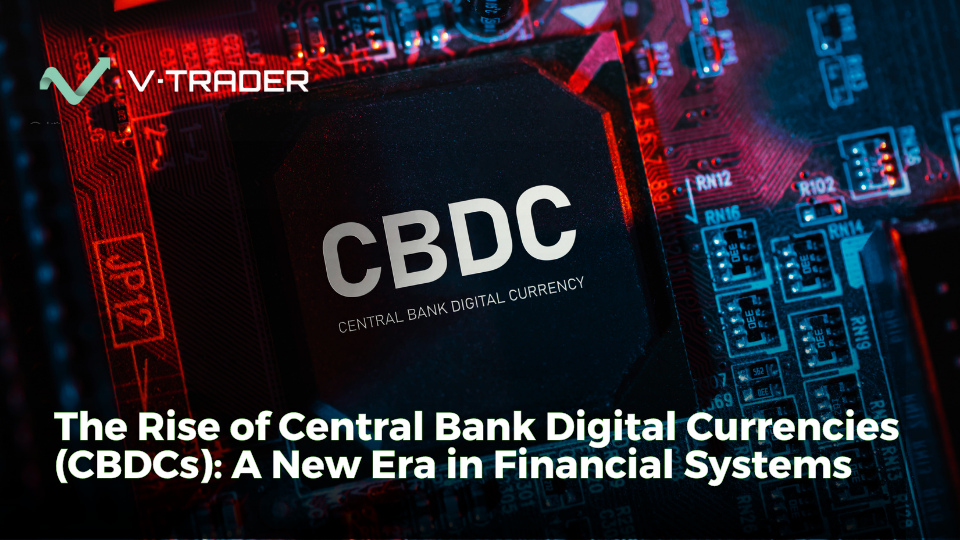Introduction
Central Bank Digital Currencies (CBDCs) are digital versions of traditional fiat currencies that are issued and backed by central banks. These digital currencies are gaining significant attention in the financial world due to their potential benefits and the evolving landscape of payments and technology. In this article, we will delve into the concept of CBDCs, explore their advantages, discuss the risks and challenges they present, and examine the different types or models of CBDCs.
Benefits of CBDCs
CBDCs offer several advantages that make them appealing to consumers, governments, and central banks.
1. Lower Costs and Greater Efficiency
One of the primary benefits of CBDCs is the potential for lower transaction costs and increased efficiency in financial transactions. With CBDCs, payments, and remittances can be conducted digitally, eliminating the need for intermediaries and reducing associated costs. This can lead to faster and cheaper transactions, benefiting individuals and businesses. Additionally, CBDCs can streamline processes such as clearing and settlement, making financial systems more efficient overall.
2. Improved Access to Financial Services
CBDCs have the potential to enhance financial inclusion by providing access to banking services for the unbanked and underbanked populations. By utilizing digital currencies backed by central banks, individuals who currently lack access to traditional banking systems can participate in the digital economy. CBDCs can help bridge the gap between the traditional financial sector and underserved communities, fostering economic growth and reducing inequality.
3. Transparency and Accountability
The integration of CBDCs into payment systems can enhance transparency and accountability in financial flows. With digital currencies, transactions can be recorded on a blockchain or similar distributed ledger technology, enabling real-time monitoring and auditing. This level of transparency can help combat illicit activities, such as money laundering and fraud, as well as promote tax compliance.
4. Facilitating Cross-Border Payments
Cross-border payments can be complex and time-consuming with traditional fiat currencies. CBDCs have the potential to simplify and expedite these transactions. By utilizing digital currencies, cross-border payments can be conducted more efficiently, reducing costs and settlement times. This can facilitate international trade and economic cooperation.
Risks and Challenges of CBDCs
While CBDCs offer numerous benefits, they also introduce new risks and complexities that need to be carefully managed.
1. Impact on Monetary Policy
CBDCs can have significant implications for monetary policy. Changes in the retail, wholesale, and cross-border payments resulting from CBDCs can have unintended consequences on money velocity, bank deposit disintermediation, volatility of bank reserves, currency substitution, and capital flows. Central banks must carefully analyze and manage these effects to ensure the stability and effectiveness of monetary policy.
2. Financial Exclusion
Introducing CBDCs may create a digital divide, leading to financial exclusion for certain segments of the population. While CBDCs can improve access to financial services, they also require individuals to have access to the necessary digital infrastructure and technical knowledge. If not properly managed, this could exacerbate existing inequalities and exclude vulnerable populations from the benefits of CBDCs. Efforts must be made to ensure accessibility and provide support to those who may face barriers in adopting CBDCs.
Types of CBDCs
CBDCs can be categorized into different models based on their intended application. The main models include retail CBDC, wholesale CBDC, and hybrid CBDC.
1. Retail CBDC
Retail CBDC, also known as general purpose CBDC, is a digital currency that is widely available to the general public and can be used for day-to-day transactions. It aims to provide an alternative to cash, allowing individuals to make payments digitally using the central bank’s digital currency. Retail CBDCs can be integrated into existing payment systems and can be used for both online and offline transactions.
2. Wholesale CBDC
Wholesale CBDC is a digital currency designed for large-value, interbank transactions. It is primarily used by financial institutions and facilitates the settlement of transactions between banks and other financial entities. Wholesale CBDCs aim to enhance the efficiency and security of interbank payments and settlements.
3. Hybrid CBDC
Hybrid CBDC combines elements of both retail and wholesale CBDCs. It provides the benefits of a retail CBDC for everyday transactions while also catering to the needs of wholesale and interbank transactions. Hybrid CBDCs aim to strike a balance between accessibility for individuals and efficiency for large-scale financial operations.
Conclusion
CBDCs can potentially revolutionize the financial system by improving efficiency, transparency, and financial inclusion while reducing reliance on cash. However, their implementation requires careful consideration of the risks and challenges they present. Policymakers, regulators, and industry participants must collaborate to ensure that CBDCs are designed and implemented in a way that maximizes their benefits while mitigating risks. As CBDCs continue to gain traction globally, it is crucial to adapt to the rapid pace of technological innovation and changing consumer behavior to shape the future of financial systems.
Written by Agbo Obinnaya.
Check out our Ethereum Gas Fee App on App Store.
Check out our Ethereum Gas Fee App on Play Store.
Join the conversation on Twitter: Click here.
For media inquiries or interviews, please get in touch with us here.
About vTrader News:
vTrader News is a renowned international news platform with comprehensive coverage of cryptocurrency, business, finance, technology, and entrepreneurship.
With a global readership, vTrader News provides unparalleled insights into the latest developments shaping the world of cryptocurrency, finance, and other emerging industries.
Learn More About vTrader: Click here.


